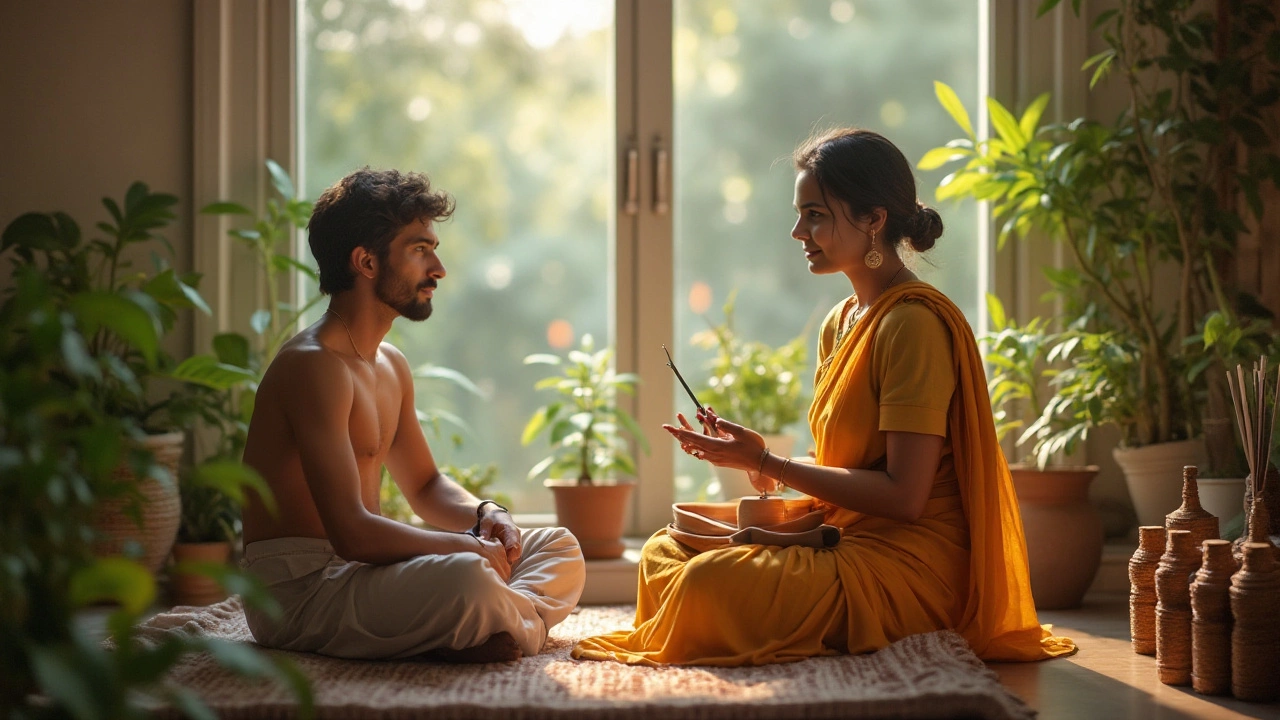Homeopathic Medicine: What It Is, How It Works, and How to Choose Safely
Homeopathy is a system that uses tiny amounts of natural substances to trigger the body’s own healing response. People in India turn to it for everything from colds to skin issues because it feels gentle and “natural.” If you’re curious about whether it’s right for you, this guide breaks down the basics, the safety side, and how to find a reliable source.
How Homeopathic Remedies Are Made
First, a plant, mineral, or animal product is taken and dissolved in water or alcohol. That solution is then shaken vigorously – a step called succussion. The mixture is diluted again, and the process repeats many times. By the end, the final liquid may not contain any measurable amount of the original ingredient, but homeopaths believe the water remembers it.
Common remedies you’ll see on the shelf include Arnica for bruises, Chamomilla for teething pain in babies, and Oscillococcinum for flu‑like symptoms. In India, you’ll also find remedies based on local herbs like Shankhapushpi or Guduchi that have been prepared following the same dilution steps.
Tips for Finding Safe and Effective Homeopathy
1. Check the practitioner’s credentials. Look for a registered homeopathic doctor (BHMS) or a certified practitioner listed with a recognized council. A valid registration number tells you they have completed the required training.
2. Ask about the source of the medicines. Reputable brands follow Good Manufacturing Practices (GMP) and display batch numbers and expiry dates. Avoid homemade mixes that lack quality control.
3. Be clear about what you’re treating. Homeopathy works best for mild to moderate, self‑limiting conditions. For serious infections, chronic diseases, or emergencies, you need conventional medical care.
4. Watch for interactions. Even though the remedies are highly diluted, some people experience reactions when taken alongside strong prescription drugs. Tell your doctor about any homeopathic products you’re using.
5. Read reviews and ask for references. Friends, family, or online forums can give you a sense of how a practitioner handles follow‑ups and adjusts doses.
When you start a new remedy, the typical advice is to take it once a day, away from meals, and note any changes in a symptom diary. If you don’t feel better after a week, or if symptoms worsen, contact the practitioner for a dose adjustment.
Homeopathic medicine can be a handy addition to your health toolkit, especially when you prefer a gentle approach. Just treat it like any other health decision: do a bit of homework, pick a licensed source, and stay alert to how your body responds.
Bottom line: homeopathy isn’t a magic cure‑all, but it offers a low‑risk option for many everyday aches and minor illnesses. Use it responsibly, and you’ll be able to decide if it fits your lifestyle and health goals.





